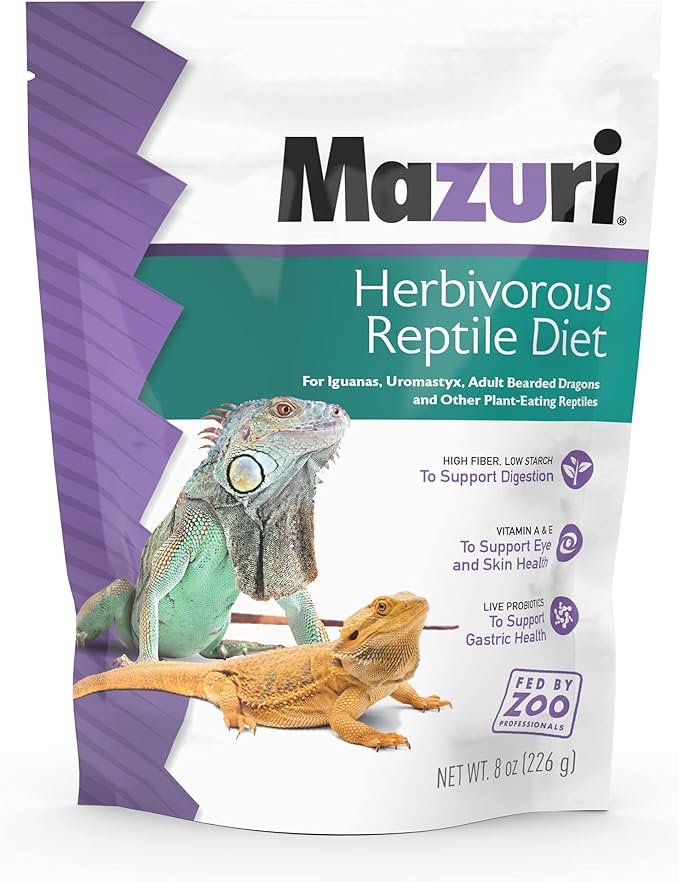Many people who have an interest in reptiles enjoy the experience of housing and caring for these massive lizards, despite the fact that iguanas can be difficult to keep as pets. If you are thinking about getting your very own pet iguana, you most likely have a lot of questions regarding everything you need to know about their care requirements, the cost of maintaining such a large reptile, the amount of time that is required to care for them, and other aspects of their upkeep.
Everything you need to know about keeping a pet iguana, including the cost of supplies, food, and enclosures, is provided here for your convenience. In this section, I’ll also discuss the various species of iguanas that are kept as pets and the reasons why some species are more popular than others.
How Large Can an Iguana Get?
The vast majority of iguana species have not been domesticated to any significant degree, and as a result, they are typically not sold by reptile breeders. The aforementioned species, on the other hand, are excellent candidates for keeping as pets. This is because they have dispositions that are generally calm and do well in captivity provided that all of their requirements are satisfied.
It is important to keep in mind, however, that iguanas are always large lizards that can easily grow to be several feet long as adults! Adult green iguanas, for instance, can sometimes weigh as much as 15 to 20 pounds once they have reached their full size.
How to Take Care Of An Iguana?
Let’s get into what you’ll need if you want to take in one of these massive and majestic lizards and give it a home of your own. It is important to keep in mind that no species of iguana is suitable as a first pet for novice reptile enthusiasts, young children, or anyone else who is getting a reptile for the very first time in general.
Iguanas as infants are very manageable due to their small size, but as they grow older, they become unmanageable due to their enormous size. As a result, many iguanas kept as pets are rehomed or abandoned by their owners within the first year of their lives. Because of this, these lizards are difficult to handle, house, and feed for an extended period of time for anyone who has not done prior research on the topic.
If you are seriously considering getting an iguana as a pet but aren’t sure what you’ll need to provide for it, the following is a list of things that your new scaly friend will require in order to live a healthy life in captivity:
- A Really large enclosure. It is not possible to house an iguana in a standard glass enclosure ranging in size from 20 to 60 gallons that can be purchased from a pet store. This is appropriate for the majority of baby iguanas; however, within the first year of their lives, you will need to build or place a special order for an enclosure that is adequate for them as they mature into their adult size. In the case of an adult green iguana, for instance, the minimum enclosure size should be at least 12 feet in length, 6 feet in width, and 6 feet in height. It is highly recommended that you designate a specific room in your house as the lizard’s habitat.
- Heating and lighting: Iguanas don’t have a warm blood supply, so their body temperature is controlled by the environment in which they live. Because of this, the enclosures in which they are kept in captivity need to be heated appropriately at all times. This indicates that you will go through a significant number of large basking bulbs . Keep in mind that these will end up being quite pricey in the long run.
- Cage decorations. Iguanas thrive in captivity because of their love of climbing, and all species require some form of enrichment in their enclosures. To create an environment that is more natural and conducive to your new pet’s well-being, you will need to populate the enclosure with a large number of plants, sturdy platforms or ledges of varying heights, and lots of plants (ideally real plants, but for some species, artificial plants are fine, too). You should also scatter a large number of branches throughout the enclosure.
- Substrate/bedding. The majority of iguana species spend the majority of their time in treetop environments. However, even when they are kept in captivity, they still need secure bedding to walk on in their enclosures. Steer clear of loose substrates that contain small particles that are indigestible or non-biodegradable, such as gravel or wood chips/shavings. If an iguana accidentally eats one of these, it will most likely suffer from digestive obstruction. Paper towels, tile, linoleum, and coconut fiber are examples of some of the most effective and cost-effective substrates.
- Quite a lot of food. The majority of iguana species are herbivorous, meaning that they must base their diet primarily on fresh greens, in addition to other types of vegetables and fruits. There are a few well-known species, such as the rhinoceros iguana, that are omnivorous and additionally consume a wide variety of feeder insects. You should be able to purchase feeder insects from any pet shop or breeder of reptiles. This can also become expensive, considering that most adult iguanas need to consume at least one or two substantial meals every day.
Keep in mind that these are just the bare necessities that you’ll need to provide for the day-to-day housing and care of your iguana. Soon, we will discuss the ballpark figures for the prices of not only these items but also other necessities, such as veterinary care.





